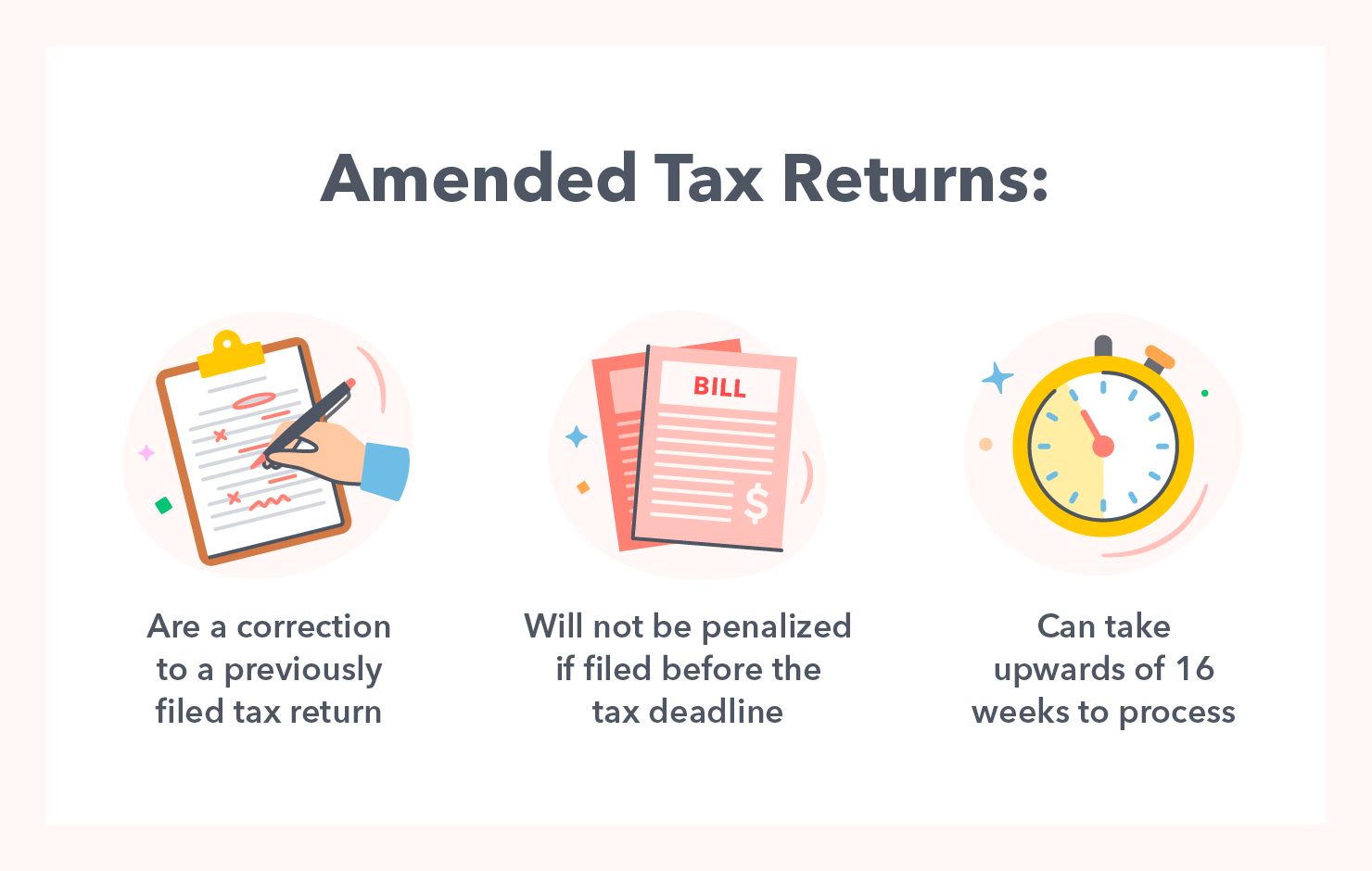Home>Finance>What Is Diluted EPS? Definition, Formula, And Example


Finance
What Is Diluted EPS? Definition, Formula, And Example
Published: November 11, 2023
Learn the meaning of diluted EPS in finance, its calculation formula, and get an example to understand how it's calculated. Enhance your financial knowledge today!
(Many of the links in this article redirect to a specific reviewed product. Your purchase of these products through affiliate links helps to generate commission for LiveWell, at no extra cost. Learn more)
Welcome to our Finance category: What Is Diluted EPS?
Understanding financial terms and concepts is crucial for anyone looking to make informed decisions about their money. In our Finance category, we aim to provide clear explanations of key financial terms and strategies that can help you navigate the world of finance with confidence. In this article, we will dive into the topic of diluted EPS, explaining what it is, how it is calculated, and providing a practical example to help illustrate its importance.
Key Takeaways:
- Diluted EPS measures a company’s earnings per share if all potential shares were exercised or converted.
- It provides a more conservative estimate compared to basic EPS, reflecting the potential dilution of ownership.
What is Diluted EPS?
Diluted EPS stands for Diluted Earnings Per Share. It is a financial metric that indicates a company’s earnings per share if all potential dilutive securities, such as stock options or convertible bonds, were converted into common stock. Diluted EPS provides a more conservative estimate compared to basic EPS, as it takes into account the potential dilution of ownership.
To calculate diluted EPS, financial analysts use a formula that considers all potential dilutive securities. The formula is as follows:
Diluted EPS = (Net Income – Preferred Dividends) / (Weighted Average Number of Common Shares Outstanding + Potential Diluted Shares)
The potential diluted shares include securities that are not yet exercised or converted but have the potential to be. These could include stock options, convertible preferred stock, or convertible bonds. By considering the potential dilution of ownership, diluted EPS provides a more conservative measure of a company’s earnings per share.
Example of Diluted EPS Calculation
Let’s look at a simple example to understand how diluted EPS is calculated:
- A company reports a net income of $1 million.
- Preferred dividends amount to $100,000.
- The weighted average number of common shares outstanding is 10 million.
- There are 2 million potential diluted shares in the form of stock options.
Using the formula, the calculation would be as follows:
Diluted EPS = ($1,000,000 – $100,000) / (10,000,000 + 2,000,000) = $0.086
In this example, the diluted EPS is $0.086, indicating that for each common share outstanding, the company generates approximately $0.086 in earnings. By considering the potential dilution from stock options, diluted EPS provides a more conservative estimate compared to basic EPS.
Conclusion
Understanding diluted EPS is essential for investors and analysts alike. By considering the potential dilution of ownership, diluted EPS provides a more conservative measure of a company’s earnings per share. This helps investors make informed decisions by providing a clearer picture of a company’s financial health and future prospects.
So, the next time you come across the term diluted EPS, you can confidently navigate its intricacies and use it to analyze financial statements and make informed investment decisions.














